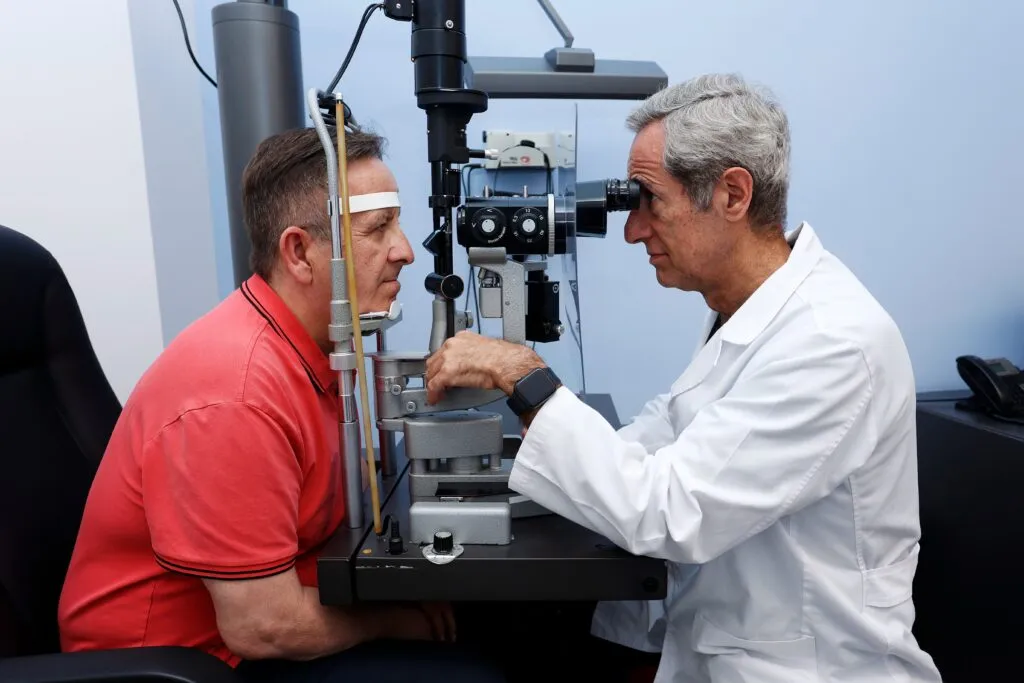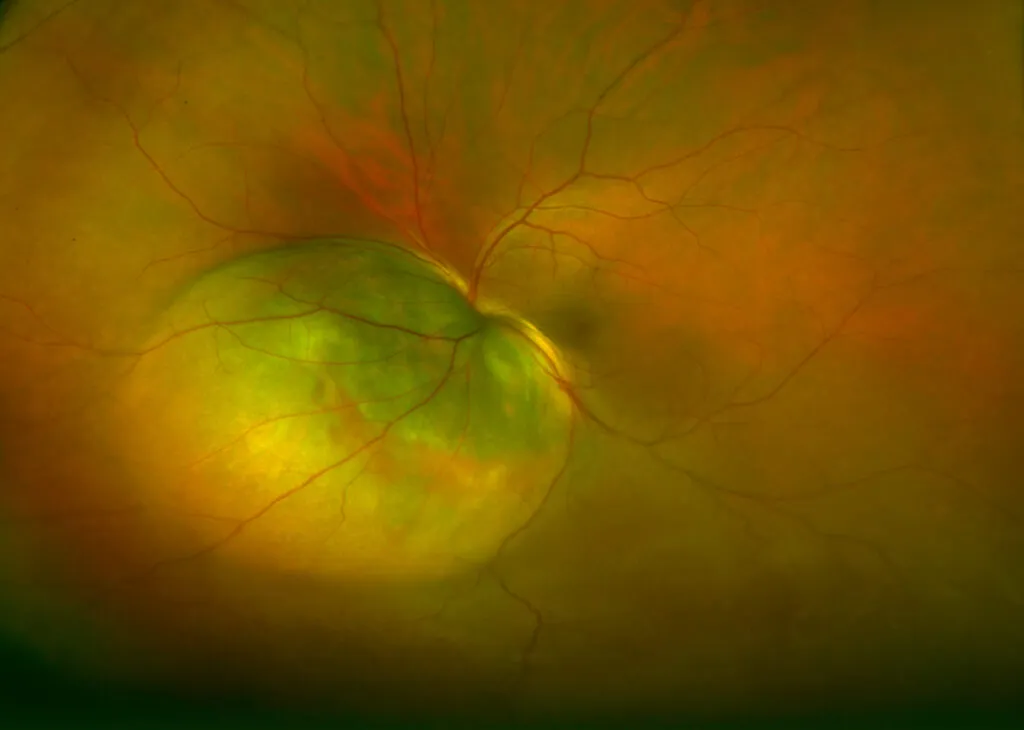
Beyond vision: an eye exam can reveal much more than vision problems
The eyes, in addition to enabling the perception of the environment, provide valuable information about non-ocular conditions due to the close relationship between ocular and overall health. As an organ exposed to the external environment and easy to examine, the eye can display signs of alterations in different parts of the body, making it a key indicator for diagnosing conditions beyond vision.
The identification of conditions through eye exams is crucial for both the prevention and early detection of systemic diseases, as well as their subsequent treatment. Additionally, for individuals already diagnosed with certain systemic conditions, eye exams are essential for monitoring disease progression and detecting potential complications before they become serious problems.
Diseases that can manifest in vision
Many diseases or disorders manifest through the visual system. This is because the eye often suffers the consequences of systemic diseases, but also because visual symptoms can be the first manifestation of certain conditions.
Vascular diseases stand out among the conditions that can affect vision. Dr. Lucía González Buendía, a specialist in the diagnosis and medical treatment of retinal and macular diseases, explains that the retina, responsible for converting light into electrical impulses that the brain interprets as images, is highly vascularized, meaning it has an extensive network of blood vessels. “These vessels are susceptible to changes in blood circulation that may occur due to systemic diseases. Alterations in these vessels, such as thickening, rupture, or narrowing, can reflect cardiovascular or metabolic disorders.”

Diabetic retinopathy, which affects the blood vessels of the retina, can be identified by an ophthalmologist in its early stages, even before the patient is aware they have diabetes. Likewise, arterial hypertension (HTN) can cause damage to the veins and arteries of the retina, leading to hypertensive retinopathy. This is why early detection of these conditions enables more effective management and helps prevent irreversible vision damage.
On the other hand, certain neurological disorders, such as increased intracranial pressure (caused by a brain tumor or hemorrhage), papilledema, or edematization of the optic nerve, can be reflected in the eye, specifically in the condition of the optic nerve, which is part of the central nervous system and is responsible for transmitting visual signals from the retina to the brain.
Additionally, autoimmune diseases, such as sarcoidosis, Behçet’s disease, and multiple sclerosis, or infections affecting other parts of the body, can manifest in the eye. These complications can attack the eyes, causing inflammation in the retina or other ocular structures, providing an early warning of underlying conditions.
What the appearance of the eyes can reveal
Regarding the appearance of the eyes, Dr. González Buendía points out that it is possible to detect signs of various conditions or health problems with the naked eye. “Changes in the color of the white part of the eye, the cornea, the iris, or even in the shape of the eye, can reflect both ocular and systemic conditions. For example, jaundice, which is a yellowish color in the white part of the eye, is caused by an excess of bilirubin in the blood, which is typically related to liver problems, bile duct issues, or hemolysis (abnormal destruction of red blood cells).”
Redness of the eyes can also be detected visually and occurs when the blood vessels on the surface of the eye dilate. This manifestation can be due to various factors such as conjunctivitis, acute glaucoma, fatigue, or eye irritation.
In the case of eyes that are very prominent or “bulging,” the patient may have a thyroid issue such as Graves’ disease. Finally, changes in the size of the pupils can also be indicative of neurological problems or intoxications.
The growth of many tumors can be painless and go unnoticed until symptoms appear, which may raise suspicion of their existence. Vision loss can be an indicator of tumors that, on one hand, directly affect ocular structures such as the retina or orbit, and on the other hand, originate in organs like the brain or lungs.
According to Dr. José García-Arumí, an expert in ocular oncology, “it is not uncommon for different types of tumors to cause metastasis in the eye, especially in the choroid, the middle layer of the eyeball, which is highly vascularized.” This frequently occurs in lung cancer, and in many cases, it is an ophthalmological diagnosis that reveals the existence of a previously unknown primary tumor

Dr. García-Arumí also points out that breast cancer is another common neoplasm that spreads to the eye, along with other less common types of tumors, such as those originating from the gastrointestinal, renal, or skin systems. Additionally, there are tumors that directly affect the structures related to vision, such as brain tumors, which, depending on their location, can alter the structures that transmit visual stimuli from the retina to the brain, potentially causing blurred vision, double vision, or reduced visual field.
The importance of early detection of these ocular tumors lies not only in improving the overall prognosis for the patient but also in preventing irreversible vision loss, as the nerve fibers of the optic nerve do not regenerate.
The eye, a powerful diagnostic window
In most routine eye exams, the primary focus is on identifying problems directly related to vision. However, in certain cases, the ophthalmologist may perform additional tests when systemic diseases are suspected or when the initial exam suggests there are abnormalities outside the eye that require investigation. These tests are crucial for identifying health conditions that may have gone unnoticed and are generally simple, quick, and non-invasive, making them a highly accessible diagnostic tool.
One of the most important tests for diagnosing systemic diseases is the fundoscopy, where the retina and optic nerve are examined. This test allows for the observation of possible signs of diseases affecting other parts of the body, such as blood vessels, and can be key in the early detection of conditions like hypertension, diabetes, and neurological disorders.
Additional tests are performed in patients with a history of hypertension, diabetes, familial eye diseases, or those presenting symptoms that could be related to neurological or metabolic issues. In the case of a fundoscopy as part of routine eye exams, it is particularly recommended for individuals over the age of 40 and for patients with risk factors such as hypertension, diabetes, or a family history of ocular or systemic diseases.